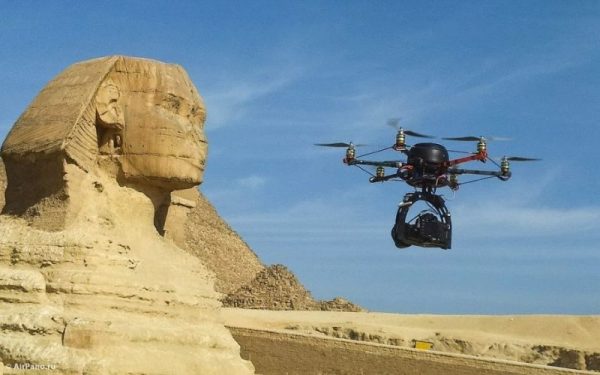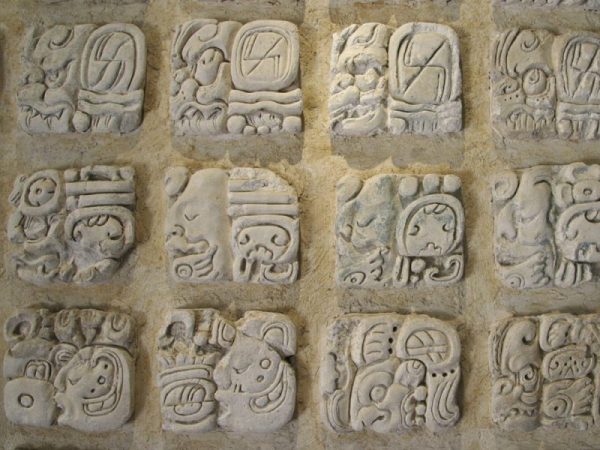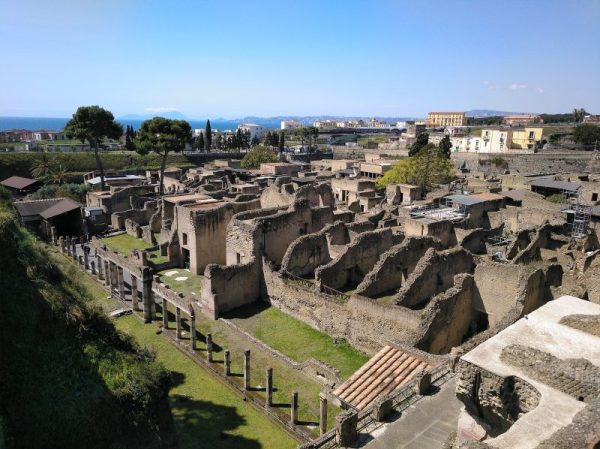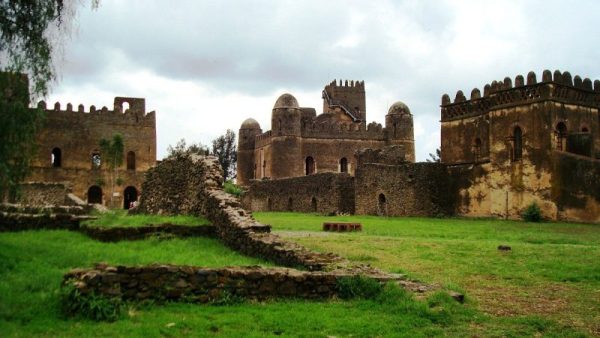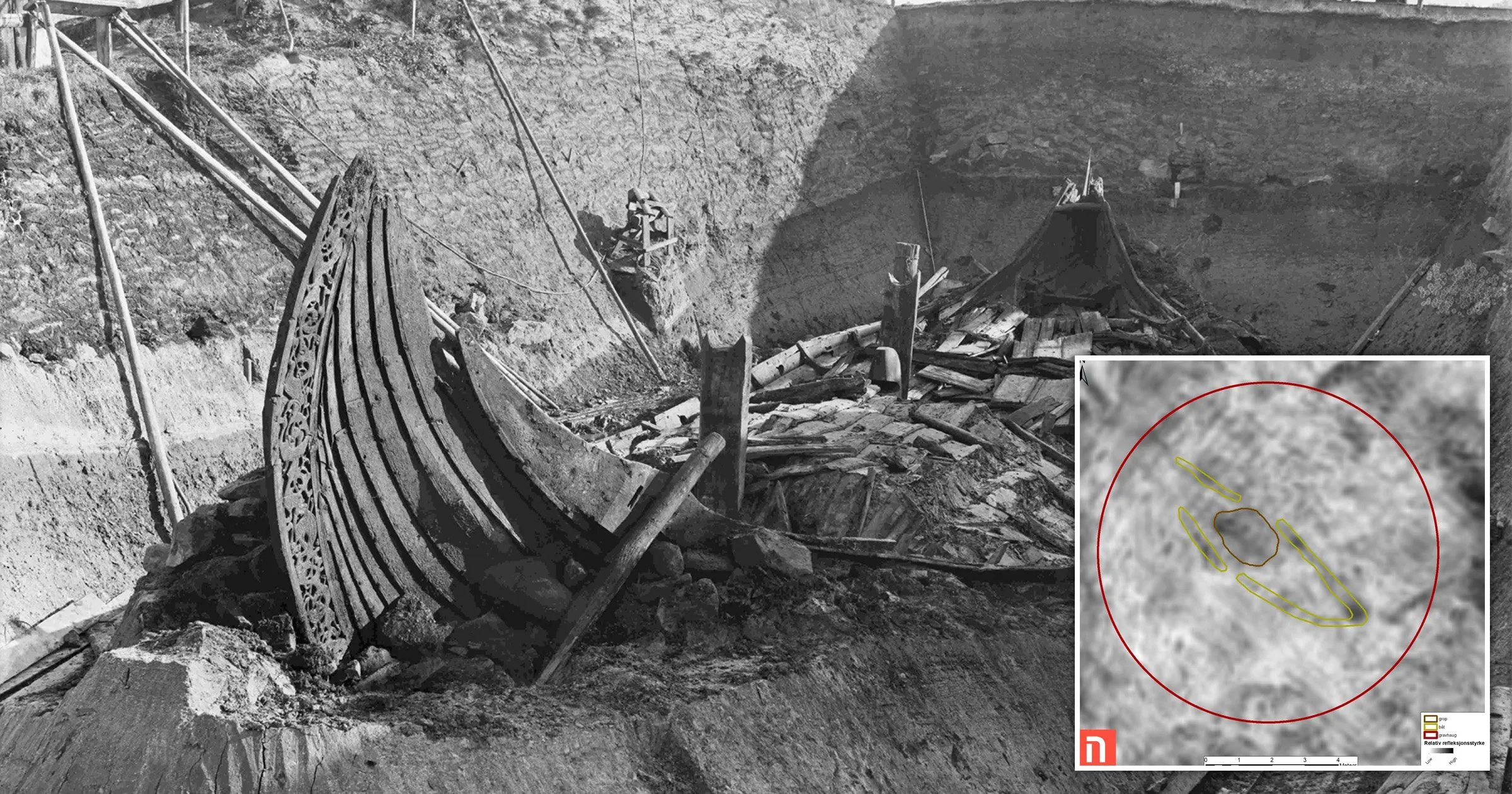In the realm of archaeology, dating techniques are the cornerstones that enable us to piece together the chronicles of our past. These techniques, grounded in scientific principles, offer invaluable insights into the age and context of archaeological discoveries. In this exploration, we delve into the scientific underpinnings of archaeological dating techniques, unveiling the methods that bridge the gap between the present and the ancient past.
Archaeological Dating Techniques – Relative Dating Methods
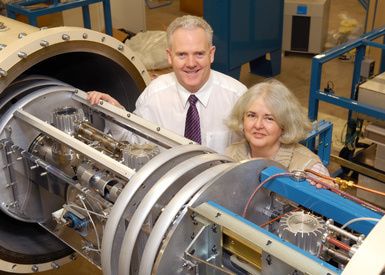
Before embarking on the nuanced realm of absolute dating methods, archaeologists frequently employ relative dating techniques to meticulously construct a robust chronological framework. These foundational approaches encompass:
- Stratigraphy: Delving deep into the layers of sediment or soil within an archaeological site, archaeologists meticulously unveil invaluable clues regarding the relative ages of artifacts and structures, thereby enabling the creation of a comprehensive temporal context.
- Seriation: This intricate technique systematically organizes artifacts based on their stylistic evolution over time, offering a window into the progressive shifts in culture and craftsmanship. It serves as a pivotal tool for crafting chronological sequences that narrate the dynamic story of human history.
- Typology: By classifying artifacts according to shared characteristics, archaeologists adeptly streamline the process of arranging objects into relative chronologies, thus fostering a more profound comprehension of their historical and cultural significance. These techniques, rooted in scientific precision, lay the groundwork for unraveling the enigmatic tapestry of our past.
Absolute Dating Methods
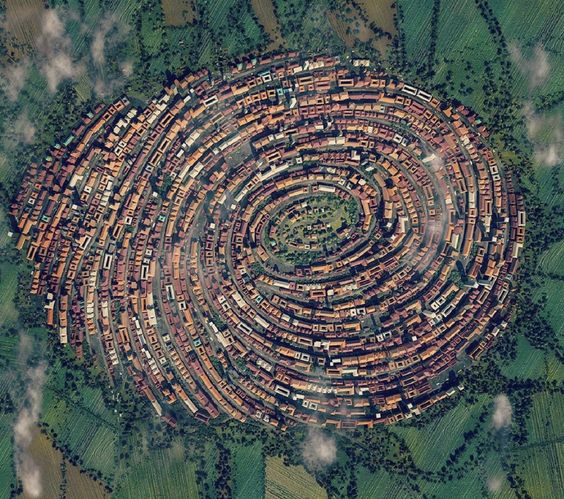
In the realm of archaeological dating, absolute dating techniques stand as the precise timekeepers of history, offering us calibrated calendar years and age ranges for our archaeological treasures. Among these crucial methods, we find:
- Radiocarbon dating: A masterful tool that quantifies the decay of carbon-14 isotopes in organic matter such as bones or charcoal. Its remarkable accuracy extends up to approximately 50,000 years in the past, allowing us to pin down events and artifacts with remarkable precision.
- Dendrochronology: This technique, a testament to nature’s own record-keeping, unlocks the secrets of wooden artifacts by scrutinizing the annual growth rings in trees. It offers us exact dates while also shedding light on environmental changes across the ages.
- Thermoluminescence dating: A method that delves into the last moments minerals were exposed to heat or sunlight. It does so by measuring the electrons trapped within these minerals, providing us with a window into when these materials were last exposed to external forces.
- Optically Stimulated Luminescence (OSL) dating: A versatile technique that examines trapped electrons in minerals like quartz and feldspar. It becomes instrumental in dating sediment layers and ceramics, unraveling the mysteries of their age and origin. These absolute dating methods, rooted in scientific precision, serve as our time-traveling instruments, allowing us to peer into the depths of history with unmatched accuracy and insight.
Potassium-Argon Dating
Potassium-argon dating is a radiometric technique primarily used for volcanic rocks and ancient human remains. It relies on the decay of potassium-40 into argon-40 isotopes. While powerful, it faces limitations and challenges related to sample selection and contamination. The accuracy of results can be affected by external argon contamination or the presence of unidentified sourced potassium in the sample. Handling and analyzing samples require careful attention and technical control to ensure the reliability of radiometric dating.
Uranium-Series Dating
Uranium-series dating is a valuable technique that capitalizes on the radioactive decay of uranium isotopes in calcium carbonate deposits found within caves and archaeological sites. This method offers essential insights into the timing of human occupation and geological processes. By measuring the ratio of parent isotopes (like uranium-238) to daughter isotopes (like thorium-230) in these deposits, scientists can estimate the age of the materials and the events associated with them. This dating method has been pivotal in unraveling the chronology of human activities and environmental changes throughout history.
Emerging in Archaeological Dating Techniques
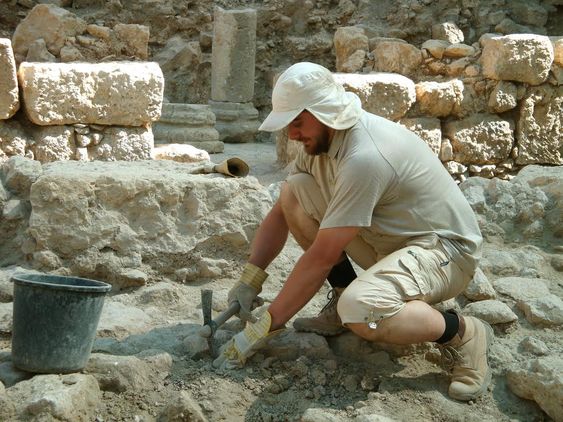
The field of archaeological dating is in a constant state of evolution, with emerging techniques pushing the boundaries of precision and accuracy. These innovations allow archaeologists and scientists to gain deeper insights into the chronology of human history and environmental changes. Some of the notable emerging dating techniques include:
- Accelerator Mass Spectrometry (AMS) Dating: AMS dating is a powerful advancement in radiocarbon dating. It allows for the precise measurement of isotopic ratios, enhancing the accuracy of dating organic materials like wood and bone. This method is particularly valuable for dating samples with very low carbon content.
- Luminescence Dating: Luminescence dating techniques, including thermoluminescence and optically stimulated luminescence, are used to date sediments and ceramics. These methods measure the accumulated radiation dose in minerals like quartz and feldspar to determine the last time they were exposed to sunlight or heat. Luminescence dating is especially useful for dating materials beyond the range of radiocarbon dating.
- Cosmogenic Nuclide Dating: Cosmogenic nuclide dating helps researchers understand surface exposure and erosion rates by analyzing isotopes produced in minerals by cosmic rays. This technique is valuable for dating geological features, such as glacial moraines or exposed rock surfaces, which can provide insights into the timing of past environmental events.
These emerging techniques, along with advancements in existing methods like radiocarbon dating, dendrochronology, and stratigraphy, continue to refine our understanding of the past. They allow archaeologists to date a wider range of materials and provide more precise chronological information, ultimately enriching our knowledge of human history and the Earth’s history.
Challenges and Limitations
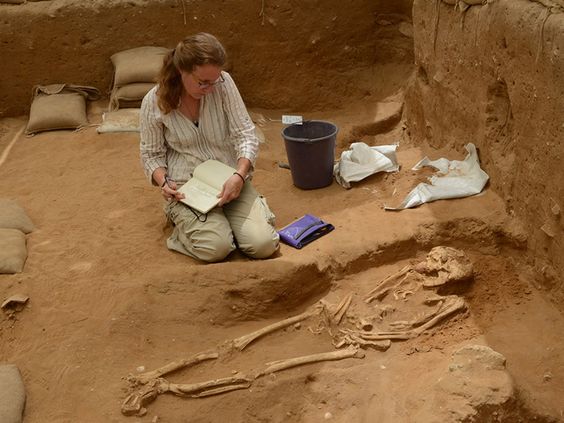
Dating archaeological materials indeed presents a host of challenges that require careful consideration:
- Contamination: Contamination from modern materials or previous handling can skew dating results. Archaeologists must take precautions during excavation, transportation, and laboratory analysis to minimize the risk of contamination.
- Preservation Issues: The condition in which archaeological materials are found can greatly affect their dating potential. Organic materials, for instance, may not survive well in certain environments, making it difficult to obtain accurate dates.
- Interdisciplinary Collaboration: Archaeological dating often involves collaboration with experts from various fields, including geology, chemistry, and physics. Interdisciplinary cooperation is essential for selecting the most appropriate dating methods and interpreting results accurately.
- Ethical Considerations: Ethical concerns arise, particularly when dating human remains. Respect for cultural beliefs, the rights of Indigenous communities, and the potential for desecration of ancestral remains must be taken into account. Researchers must engage in a culturally sensitive and consultative process when dealing with human remains.
- Sample Selection: Choosing the right samples for dating is critical. Archaeologists must carefully select materials that are relevant to the research question and have a high likelihood of providing reliable dates.
- Statistical and Calibration Challenges: Statistical techniques are often used to analyze and calibrate dates. These require expertise to ensure the results are accurate and meaningful.
- Limited Availability of Certain Dating Methods: Some materials or archaeological contexts may not be amenable to dating using existing methods, leading to limitations in obtaining precise dates for certain sites or artifacts.
Addressing these challenges requires a combination of rigorous methodology, adherence to ethical guidelines, and ongoing collaboration within the archaeological community and with affected communities. It’s essential to strike a balance between scientific inquiry and cultural sensitivity when conducting archaeological dating, especially when dealing with human remains or culturally significant artifacts.
Advancements in Dating Techniques
Advancements in laboratory technology, the integration of machine learning and data analysis, and ongoing research efforts are transforming archaeological dating. These developments enhance precision, expand the range of datable materials, and improve the reliability of results. Machine learning and data analysis tools extract deeper insights from complex datasets, uncover hidden patterns, and refine chronologies. This synergy of technology, data analysis, and research promises a brighter future for archaeological dating methods, enabling researchers to address a wider array of archaeological questions and gain a deeper understanding of our human history and the Earth’s past.
Conclusion
The science behind archaeological dating techniques remains at the forefront of our quest to understand human history. With each advancement, we gain a clearer picture of the past, bridging the gap between the ancient and the contemporary. This enduring collaboration between science and archaeology promises to unlock the mysteries of our shared heritage, offering glimpses into the remarkable journey of human civilization.
